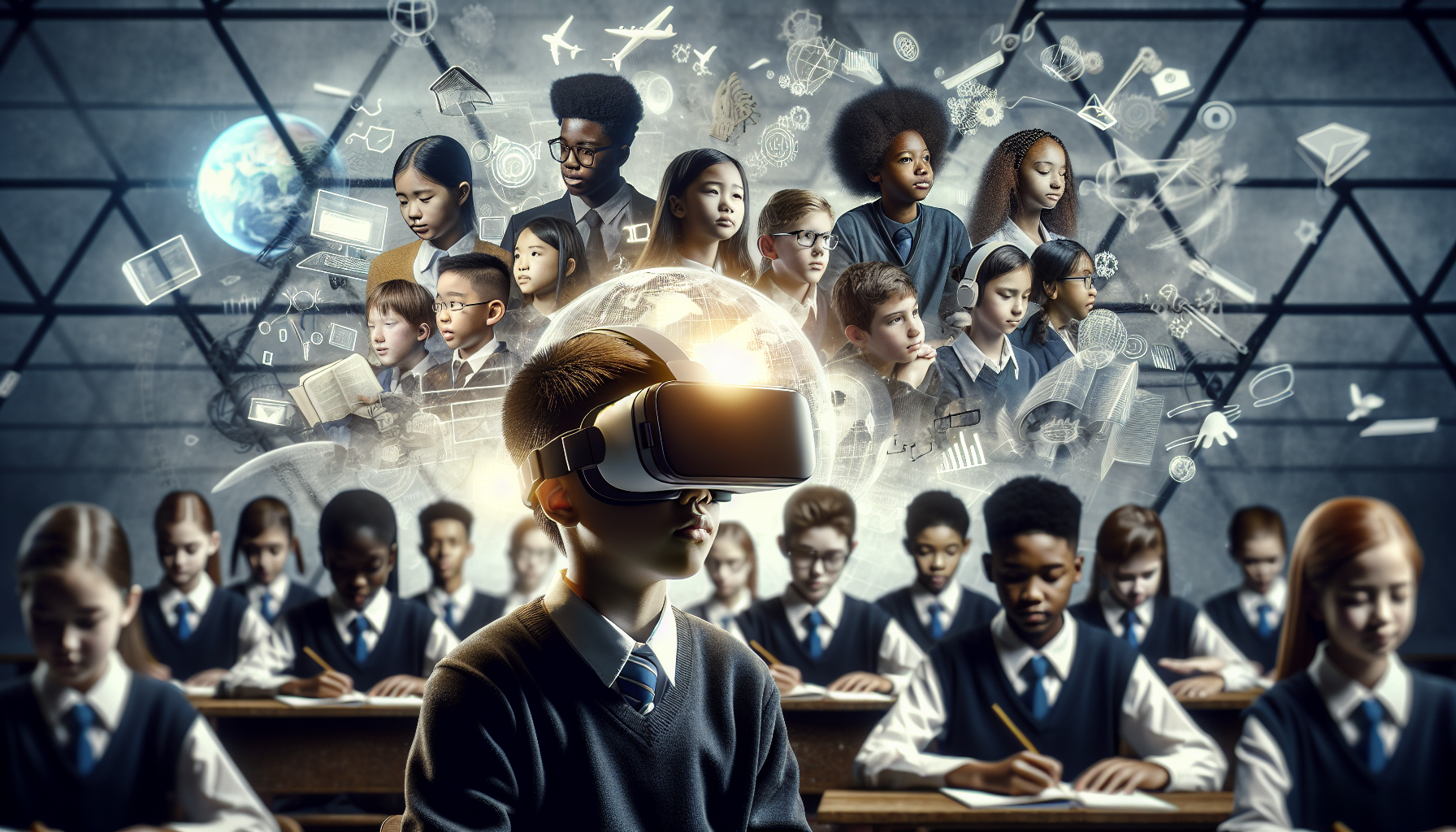Virtual Reality Transforming Educational Experiences
Transforming Education Through Virtual Reality: The Future of Learning In recent years, virtual reality (VR) has emerged as a transformative tool in education, enhancing learning experiences across various fields. This technology offers imm
Transforming Education Through Virtual Reality: The Future of Learning
In recent years, virtual reality (VR) has emerged as a transformative tool in education, enhancing learning experiences across various fields. This technology offers immersive environments that bridge theoretical knowledge with practical application, fostering deeper understanding and engagement among students.

The Rise of Virtual Reality in Education
The integration of virtual reality into educational settings has gained momentum, supported by advancements in technology and increased accessibility. Institutions worldwide are adopting VR platforms to create interactive learning experiences that cater to diverse learning styles.
Enhancing Learning Through Immersive Experiences
VR provides students with unique opportunities to engage with subjects in ways traditional classroom settings cannot replicate. Below are some notable benefits of using virtual reality in education:
- Realistic Simulations: Students can partake in simulations that mimic real-world scenarios, improving retention and understanding.
- Safe Learning Environments: VR allows for practice in a controlled environment, reducing the risks associated with hands-on training, particularly in fields like medicine and engineering.
- Increased Engagement: Immersive experiences captivate students' attention, making learning more enjoyable and effective.
- Accessibility to Resources: VR can transport students to different locations and contexts, broadening their understanding of global issues without leaving the classroom.
Case Studies in VR Education
Several institutions have pioneered the use of virtual reality to enhance educational outcomes:
- Culinary Education: A study on using extended reality to teach eco-friendly food choices demonstrated that immersive experiences led to a better grasp of sustainable practices among students. Participants engaged in simulations that highlighted the impact of their food choices on the environment.
- Nursing Training: In Saudi Arabia, nursing students and educators reported significant improvements in empathy and understanding through simulation-based VR education. This approach helped them engage with diverse cultural scenarios, enhancing their readiness for real-world challenges.
- STEM Curriculum Integration: zSpace has partnered with GEMS Education in Dubai to deliver immersive STEM learning experiences. This initiative employs VR technology to foster creativity and critical thinking skills among students in advanced research settings.
Challenges in Implementing VR in Education
Despite the advantages, the widespread adoption of VR in education faces several hurdles:
- Cost of Technology: High-quality VR systems and software can be expensive, potentially limiting access for some institutions.
- Training and Support: Educators require appropriate training to effectively integrate VR into their curricula, which can be time-consuming and resource-intensive.
- Content Creation: The demand for high-quality and relevant VR educational content continues to grow. Developing such content remains a significant challenge for many educational publishers.
The Future of VR in Education
As technology evolves and the educational landscape shifts, the potential of virtual reality continues to expand. Future trends may include:
- Personalized Learning Experiences: VR can tailor educational content to meet individual student needs and preferences, enhancing learning outcomes.
- Collaborative Learning: Virtual reality will likely enhance opportunities for collaboration among students globally, allowing for shared experiences and perspectives.
- Integration with IoT: The combination of VR with the Internet of Things (IoT) could lead to more interactive and responsive learning environments, adapting in real-time to student interactions and needs.
Conclusion
Virtual reality is redefining educational paradigms by creating immersive learning experiences that engage students and enhance comprehension. While challenges remain, the potential benefits of VR in teaching and learning are undeniable. As educational institutions continue to embrace this technology, the future of learning appears not only innovative but also profoundly transformative.
Related Video
Explore more about the transformative potential of virtual reality in education by watching [this video](https://www.youtube.com/watch?v=Yz0GrU8RsFg).
Related videos: